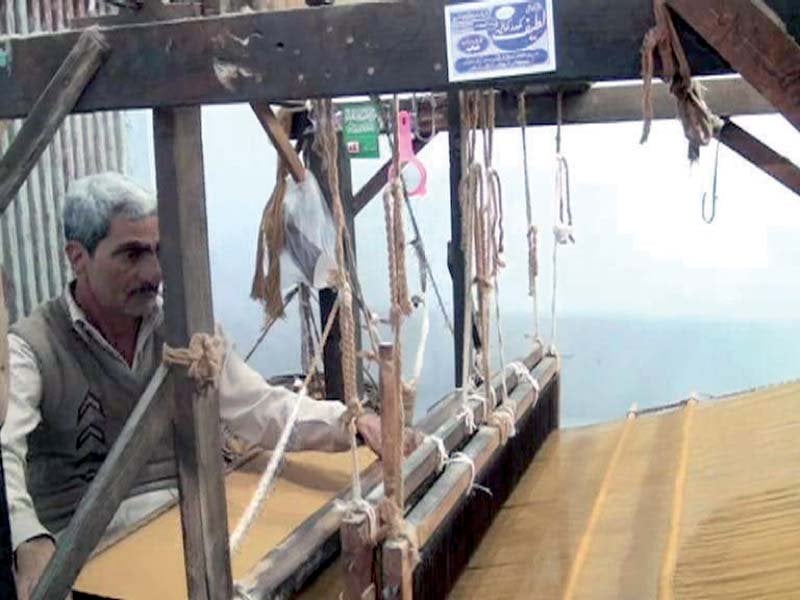
The area still boasts its local cotton crop. Two years ago, Tehsil Kamalia of District Toba Tek Singh ranked second in Punjab in terms of cotton production.
Textile has been one of the basic needs of a man, while cotton- particularly its khaddar variant- has been known to have set the beginning of fabrics used by humans.
Cotton is naturally grown in only two colours, cream and brown, in Pakistan. Researchers have also found that naturally coloured cotton retains its shade after laundering and some varieties even turn dark with sun exposure.
Heatwave destroys one-third of cotton crop in Pakistan
Although cotton is harvested in all areas of the province, Tehsil Kamalia is unique for its brown (camel) colour variant with which khaddar fabric is made. Until late, khaddar was grown on a wide scale in the area made popular by its distinctive colour over time. The industry saw its zenith nearly 30 to 35 years back before succumbing to the high-speed power looms.
In the 1980s the area had over 2,000 handlooms for khaddar but the number has since reduced to just 30. Over the decades, power loom factories replaced the handlooms as a labourer would typically produce about 10 meters of khaddar a day on handlooms compared to thousands of meters produced by a power loom during the same period of time.
The government restrictions further reduced the production of brown cotton. Farmers stopped growing indigenous cotton including khaddar because of its low yield. The ban on its cultivation hurt brown cotton to an extent that 90% of the youth of this country do not know about this natural cotton anymore. Cotton varieties were developed to increase the production of white cotton, but the brown cotton was constantly ignored.
Agricultural experts at the University of Faisalabad assert that brown cotton is resistant to viral attacks compared to other varieties. Brown cotton is being currently cultivated non-commercially on a very small scale (few kanals) in Vehari, Haroonabad and Chishtian.
Khaddar has retained its traditional method of manufacturing to date. The brown cotton is first made into threads and divided into two parts known as Tana and Bana in the local language. Wooden looms are still used in the preparation of the cloth which requires the craftsman to use both his hands and feet. The worker moves the wooden weaving shuttle from on hand and pulls it back with another.
In Pakistan, yarn manufacturers demand duty-free cotton import
Handmade khaddar is sold at a higher price compared to its commercially viable white variety owing to its time-intensive and restrictive production. Suits made from natural khaddar are priced between Rs3,000 and Rs6,000. Each suit takes about 1.25 kilogrammes of thread from which nearly seven metres of khaddar is prepared with an average breadth of one meter.
Contrastingly, a typical worker who produces 10 metres of khaddar on average is paid up to Rs350 per day. Such low wages have driven most of the artisans out of the workplace with only a few elderly craftspersons keeping the ancestral profession alive. Most of the khaddar workers have now moved on to the power looms.
This natural cotton industry does not receive any government attention summoning a possible demise of the craft. The industry could be revived if the government provides interest-free loans to the handloom workers on easy installments. Side by side, the agricultural experts should be asked to develop new varieties of brown cotton to match the yield of white cotton to provide a necessary boost to the centuries old khaddar production.
Published in The Express Tribune, January 17th, 2020.






































COMMENTS
Comments are moderated and generally will be posted if they are on-topic and not abusive.
For more information, please see our Comments FAQ